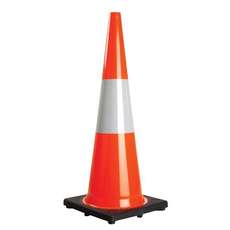Everything you need to know about traffic cone

Traffic cones can be used in many situations and was originally used as a safety device. Once they proved successful in preventing accidents, they became another means of meditation, both inside and outside the home. They help protect lives and property and are used by EMTs, police and firefighters. Let's take a look at what's involved in using these security devices.
Proper use of a traffic cone involves keeping it with at least 3 buffer zones with potential risk that will allow a person to regain their balance, causing them to stumble. Should have reflective materials for dark places and around the hours of the sun and should be installed where they are clearly visible to motorists and pedestrians.
Traffic control can include both highway application and personal property requirements. Road construction often requires re-traffic to create new temporary lanes and these devices are used to mark the area. They are used by authorities to designate areas at event gatherings where no humans or vehicles are allowed. VIP parking may be another use for these markers.
Damaged pavement may not be the sole cause of this dangerous warning. There may be many blind spots in some areas where motorists and pedestrians can't see a little activity in one corner. Potential protrusions or overhead obstacles can occur without warning and if that area is not marked, humans may be injured.
The root of the tree may be damaged on the side or may need to be repaired, with the potential risk that others may need to be warned. Pavements are often used when unloading and unloading items like furniture and preventing pedestrians from exiting the building, these markers can be used to set up a passage. Activities other than parking vehicles can be run in addition to parking vehicles. Can mark traffic cones where no parking is allowed and to show where parking is allowed.